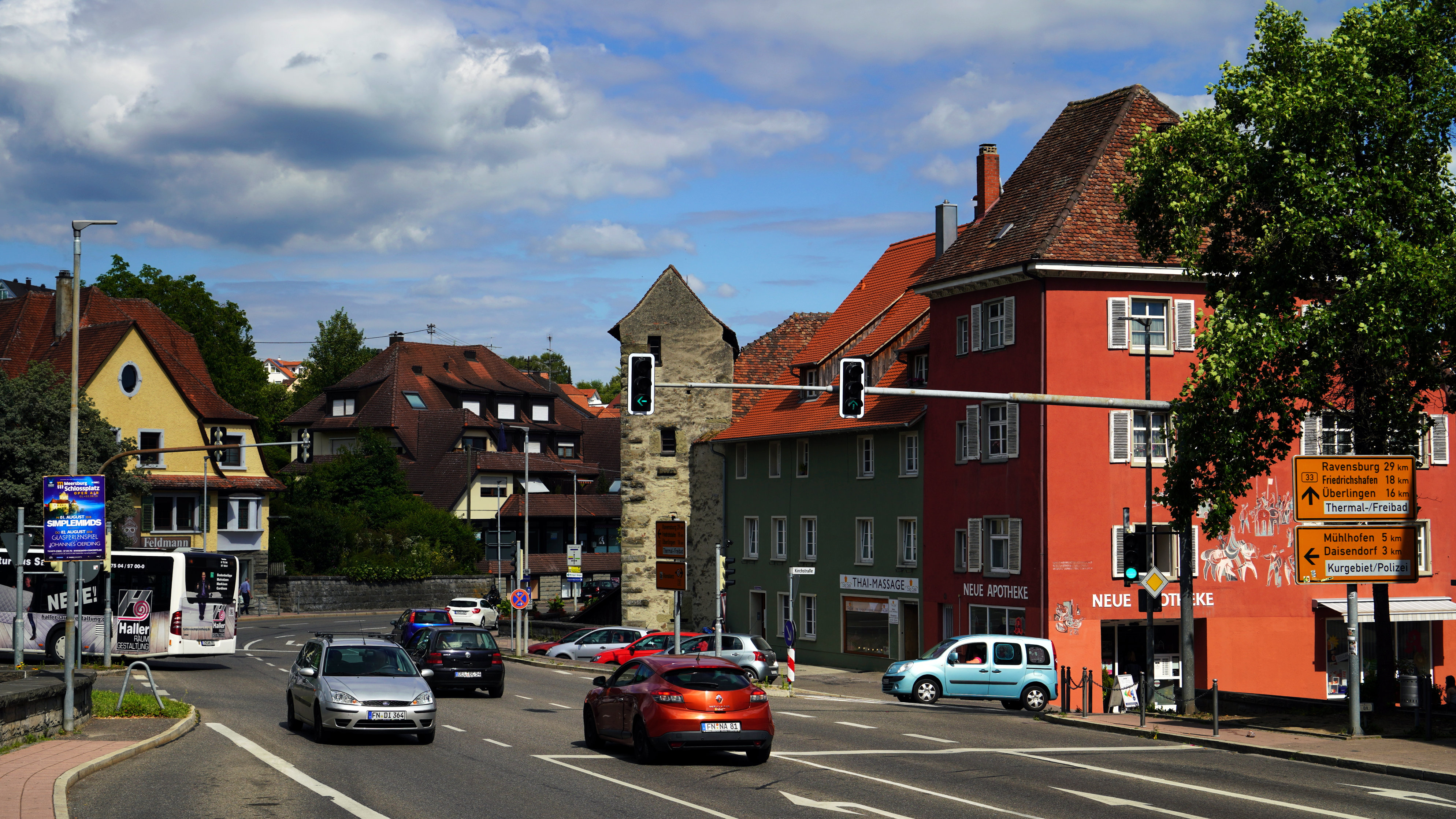Global Travel Information
Arabian Desert, UAE
The Enigmatic Beauty of the Arabian Desert in the UAE
The Arabian Desert, a vast and mesmerizing expanse of golden sands, stretches across the United Arab Emirates (UAE), offering a landscape of stark beauty, timeless traditions, and thrilling adventures. Covering much of the country’s terrain, the desert is not just a barren wasteland but a dynamic ecosystem teeming with life, history, and cultural significance. From the towering dunes of the Rub' al Khali (the Empty Quarter) to the serene oases and the rich Bedouin heritage, the UAE’s deserts are a testament to nature’s grandeur and human resilience.
The Geography and Climate of the Arabian Desert
The UAE’s portion of the Arabian Desert is characterized by its sweeping sand dunes, rocky plains, and occasional salt flats. The Rub' al Khali, one of the largest continuous sand deserts in the world, dominates the southern regions of the UAE, extending into Saudi Arabia, Oman, and Yemen. Its towering dunes, some reaching heights of over 250 meters, shift and reshape with the winds, creating an ever-changing landscape.
The climate is harsh, with scorching daytime temperatures often exceeding 50°C (122°F) in summer, while nights can be surprisingly cool. Rainfall is scarce, averaging less than 100 mm per year, making water a precious resource. Despite these extreme conditions, the desert supports a surprising variety of flora and fauna adapted to survive in this arid environment.
Flora and Fauna: Life in the Arid Wilderness
Contrary to popular belief, the Arabian Desert is not lifeless. Hardy plants like the ghaf tree, the UAE’s national tree, thrive here, their deep roots tapping into underground water sources. Other vegetation includes salt-tolerant shrubs and seasonal grasses that bloom briefly after rare rains, transforming the desert into a fleeting green paradise.
The wildlife is equally remarkable. The Arabian oryx, once nearly extinct, has been successfully reintroduced into protected reserves like the Dubai Desert Conservation Reserve. Other desert dwellers include the sand fox, desert hare, and numerous reptiles like the spiny-tailed lizard. Birdlife is also abundant, with species such as the houbara bustard and falcons, which hold cultural significance in Emirati falconry traditions.
The Bedouin Heritage: A Legacy of Survival
For centuries, the Bedouin people have called the Arabian Desert home, mastering the art of survival in this unforgiving environment. Their nomadic lifestyle revolved around camel herding, trade, and an intimate knowledge of the desert’s secrets. The Bedouins’ hospitality, poetry, and storytelling traditions remain deeply ingrained in Emirati culture.
Today, many aspects of Bedouin life are preserved through cultural experiences offered to visitors. Traditional activities such as camel trekking, falconry displays, and sharing a meal of lamb and rice (machboos) in a desert camp provide a glimpse into this ancient way of life.
Modern Adventures in the Desert
While the desert’s past is steeped in tradition, the UAE has also transformed it into a playground for modern adventure seekers. Dune bashing, where 4x4 vehicles navigate steep sand dunes at thrilling speeds, is a popular activity. Sandboarding—akin to snowboarding but on dunes—offers another adrenaline rush. For a more serene experience, hot air balloon rides at sunrise provide breathtaking views of the endless sands.
Luxury desert resorts, such as those in Al Maha or Qasr Al Sarab, blend Bedouin-inspired architecture with five-star comforts, allowing guests to experience the desert’s magic without sacrificing modern amenities.
The Desert’s Spiritual Allure
Beyond its physical beauty, the Arabian Desert holds a spiritual allure. The vast silence, the endless horizon, and the brilliance of the star-filled sky evoke a sense of wonder and introspection. For many, the desert is a place of solitude and reflection, a stark contrast to the bustling cities of Dubai and Abu Dhabi.
Conservation Efforts: Protecting a Fragile Ecosystem
Recognizing the desert’s ecological and cultural importance, the UAE has implemented conservation initiatives. Protected areas, wildlife breeding programs, and sustainable tourism practices aim to preserve the delicate balance of this ecosystem. Efforts to combat desertification through innovative techniques like drip irrigation and tree planting are also underway.

Conclusion: A Desert of Contrasts and Wonders
The Arabian Desert in the UAE is a land of contrasts—harsh yet beautiful, ancient yet modern, silent yet alive with stories. Whether exploring its rolling dunes, delving into Bedouin traditions, or simply marveling at its vastness, the desert leaves an indelible impression on all who venture into its embrace. It is a reminder of nature’s power, humanity’s adaptability, and the timeless allure of the sands.
相关文章
- Elbe River Botanical Gardens: Flowers & Plants Along the Banks
- Elbe River Zoos & Aquariums: Family Fun Near the River
- Elbe River Amusement Parks: Rides with River Views
- Elbe River Camping Spots: Pitch a Tent by the Water
- Elbe River Glamping Sites: Luxury Camping Along the Banks
- Elbe River RV Parks: Stay in Your Camper Near the River
- Elbe River B&Bs: Cozy Accommodations with a Personal Touch
- Elbe River Hostels: Budget Stays for Young Travelers
- Elbe River Business Travel Guide: Meetings & Events Near the Water
- Elbe River Conference Venues: Spaces with River Views
发表评论
评论列表
- 这篇文章还没有收到评论,赶紧来抢沙发吧~


